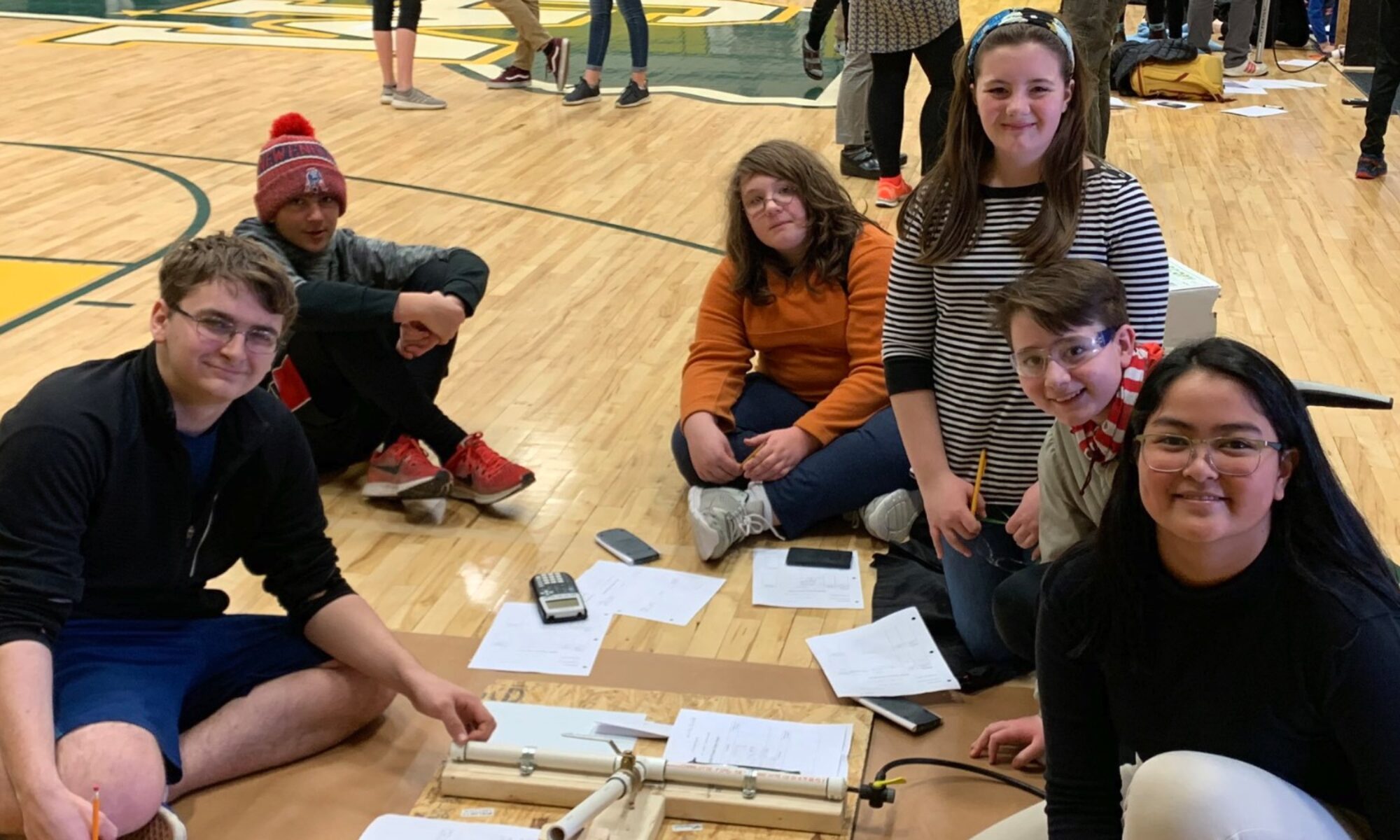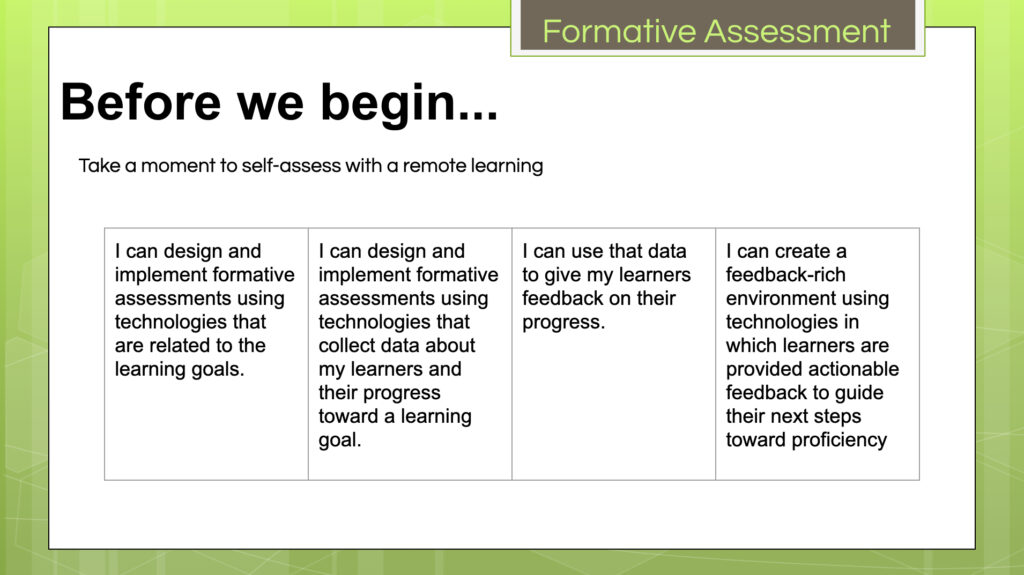Who could have predicted were we are today? Many aspects of education have been challenging the past few month. Most notably being distant from your students. They give you energy, bring you joy… and also provide lots and lots and lots of feedback.
Teachers, we see you out there designing remote learning with your whole hearts. We see you digging deeper into your toolboxes than ever before. The learning curve has been steep, but you have made sure to keep your priorities in order. Safety. Health. Relationships But, how do you know what’s working?
It’s formative assessment time.
Why formative assessment right now?
Now that school and home have crossed the streams, remote learning — or as it should be more properly known, “emergency distance learning” is really highlighting the equity issues that have always existed in our systems. So we ask:
- Who has support?
- Who has access?
- Resources? Safety?
If we consider bringing summative grading into the picture now we might be rewarding privilege and not learning.
“Do you know where you are?”
One of our favorite questions for starting to take stock of a situation. Let’s take a moment to see where you might fall on this learning progression on formative assessment.
Putting it into perspective
Charlotte Central School learning coach Allan Miller recently framed the challenging situation like this:
Is it possible to successfully combine:
- High Engagement
- Proficiency Based Learning / Targets
- Formative Assessment
- Personalization (choice and feedback)
- Remote Learning
- Social Emotional Learning
- Focus on Relationships
- Student to Teacher
- Teacher to Student
- Student to Student
- Teacher to Parent/Guardian
That… seems like a lot. Because it is. However, if you took away the remote learning situation, these have always been our goals. We have some prior knowledge to lean on before jumping into formative assessment for remote learning.
What would it look like if we were doing it well?
Borrowing again from Allan Miller:
“By June 2020 I will be able to design and implement remote learning instruction that:
- Is aligned with my chosen academic learning targets and provides authentic opportunities for improving core skills (academic and transferable)
- Is highly engaging for students – meaning they choose to engage not just out of compliance
- Provides formative data that I can use to modify and personalize my instruction through timely feedback
- Allows students to interact with each other in authentic and engaging manner
- Allows for choice, personalization and differentiation – in a sustainable way for a teacher with a life.
- Provides a safe, supporting environment for all students”
Right. And that leaves us exactly… where now?
It’s okay to not have all the answers. It’s just important to have the conversation. If you need some tools and strategies we have you covered.
At the end of the day you want to know what’s working for your students. And how to keep them engaged.
So… where are you now with formative assessment for remote learning?



